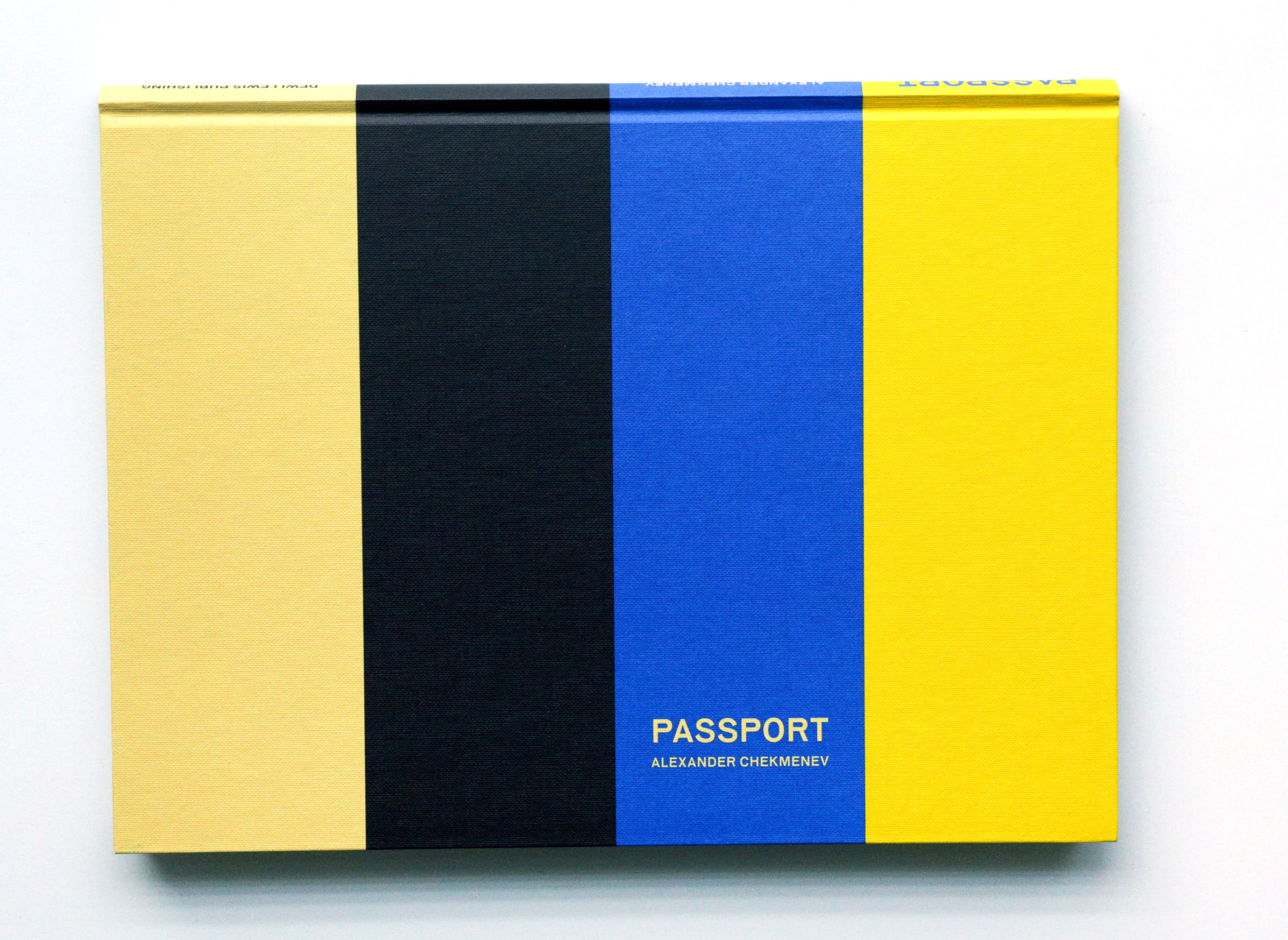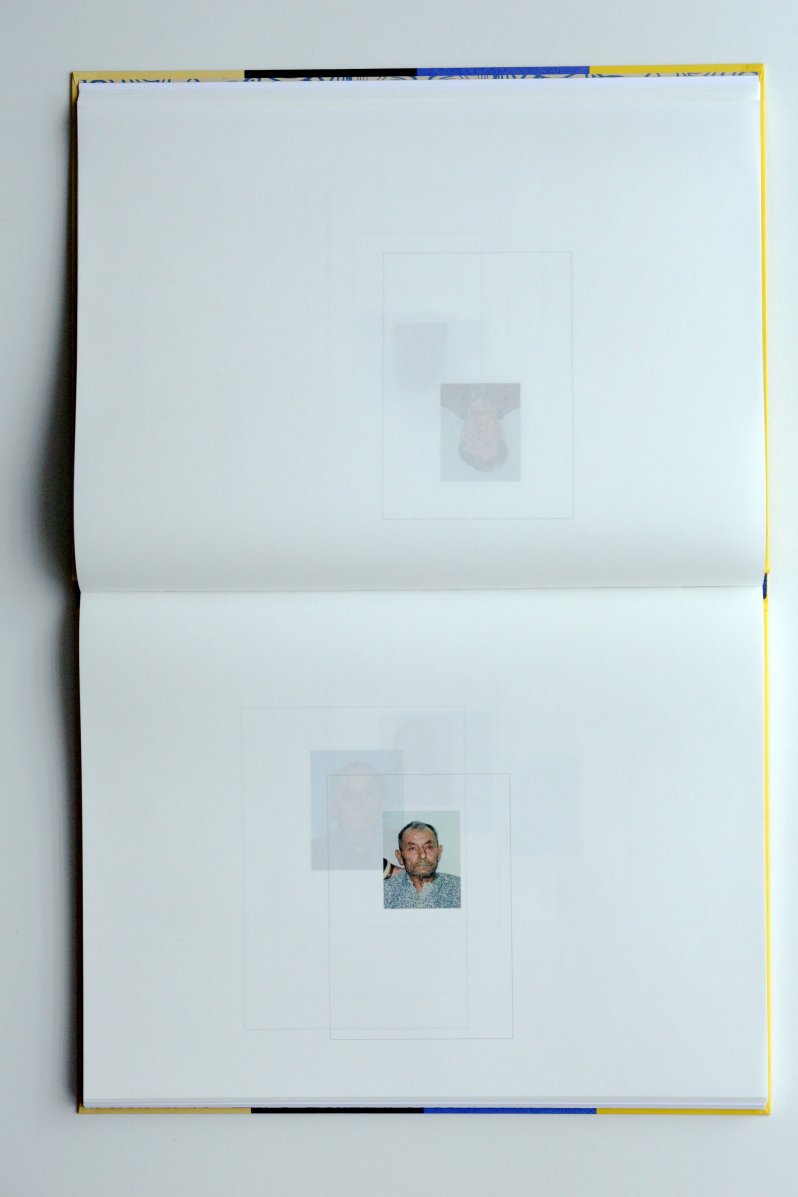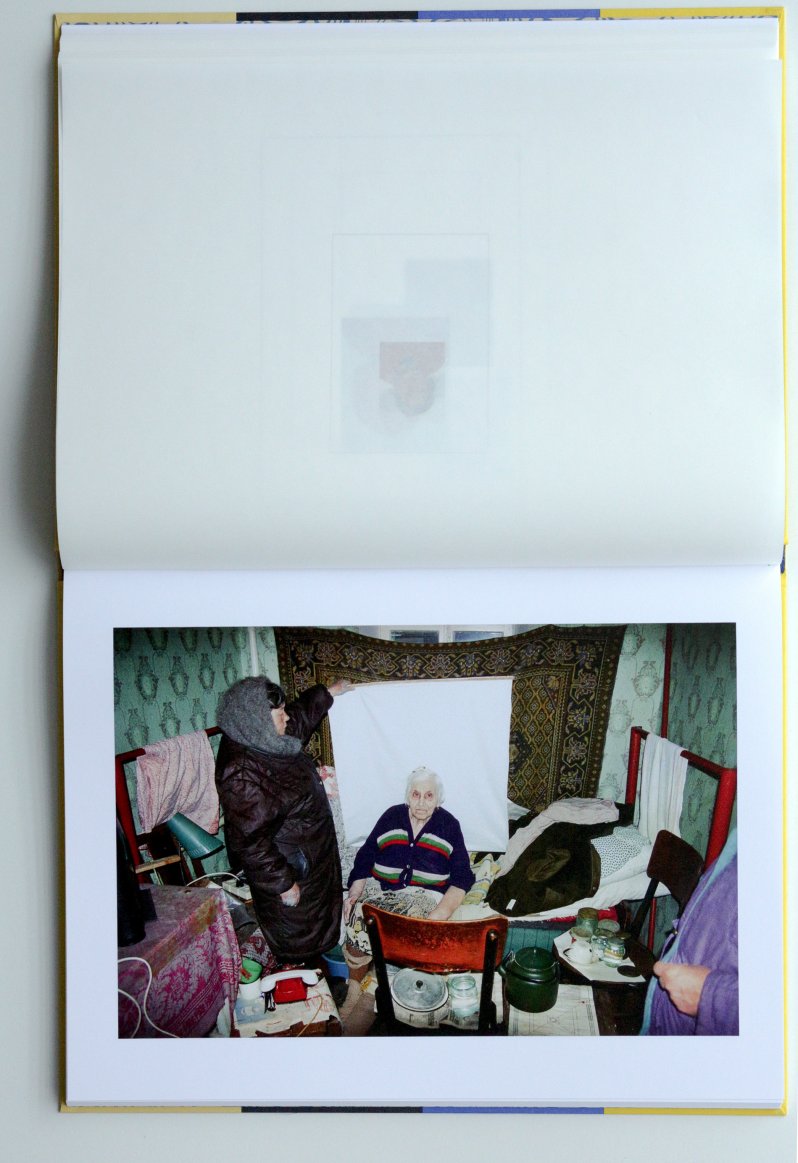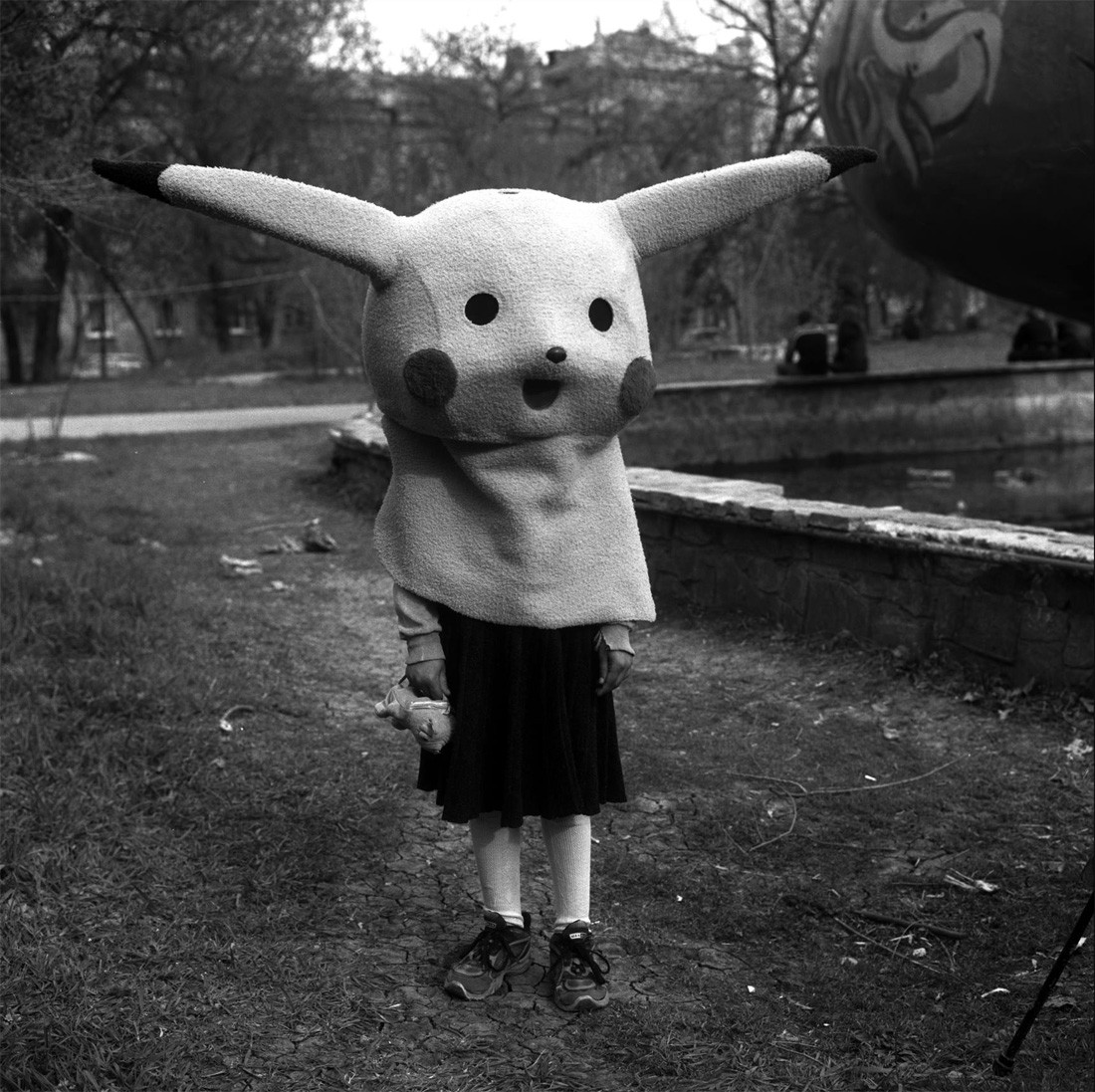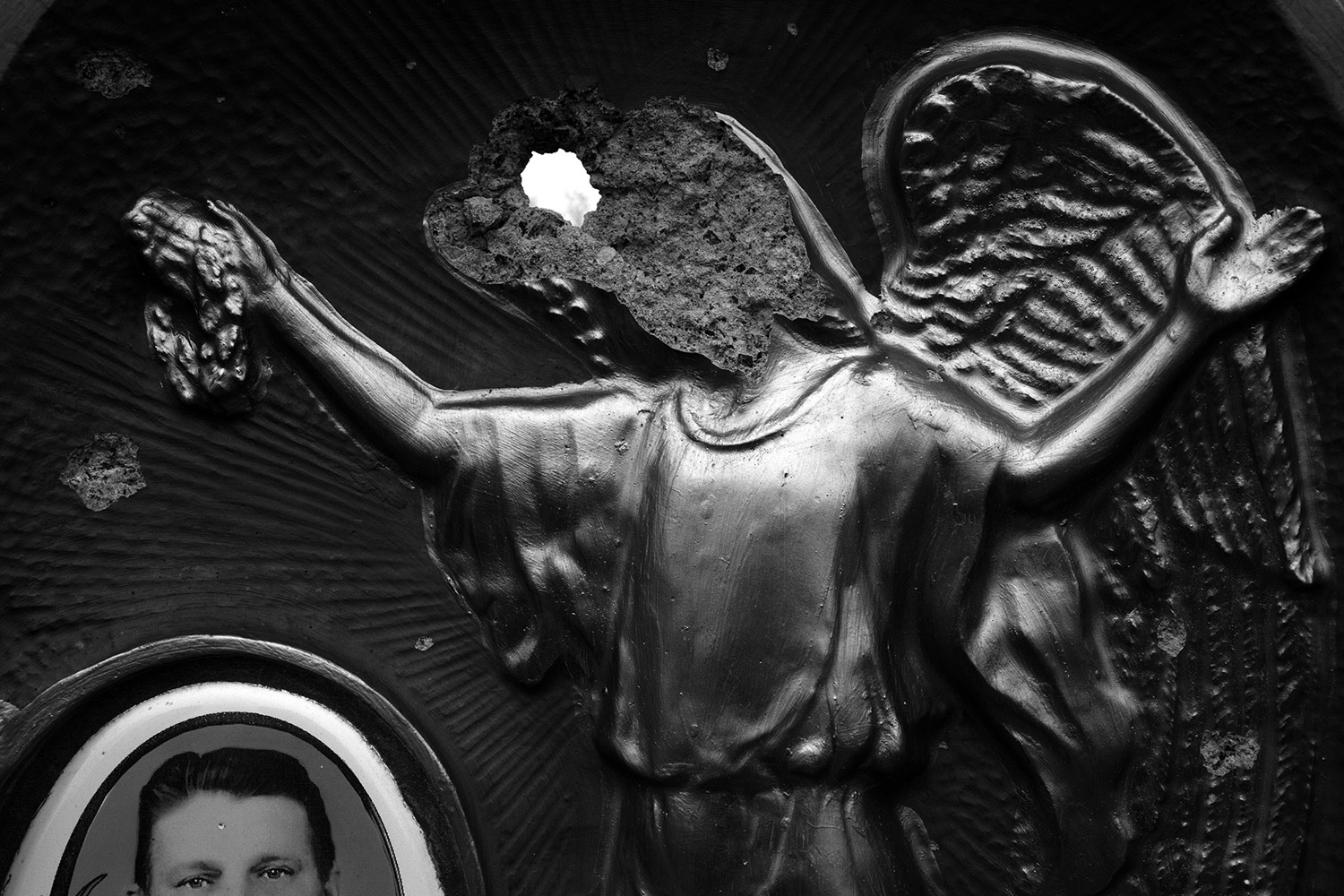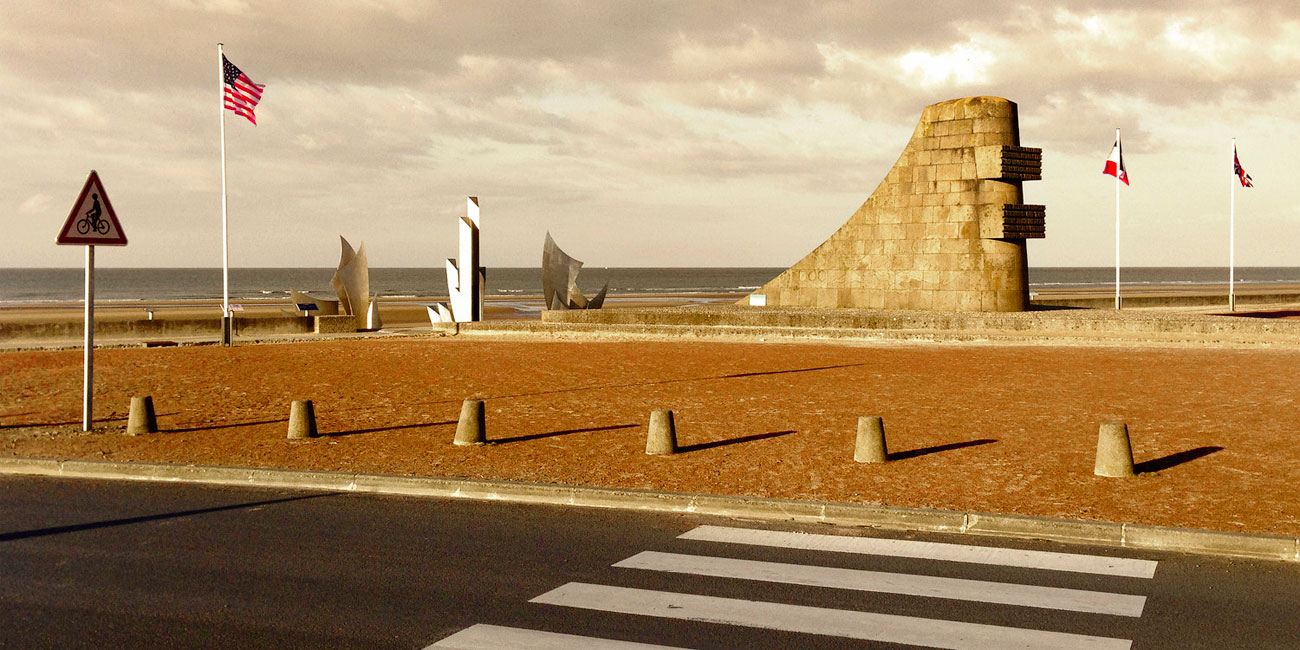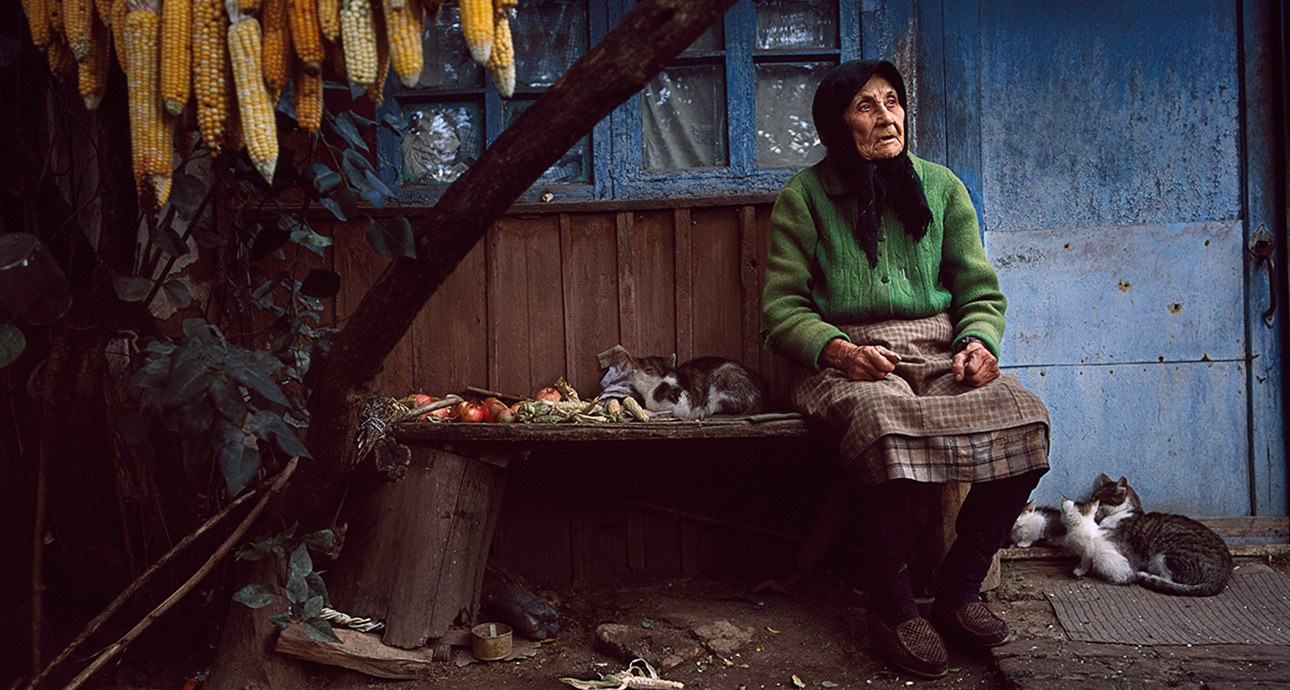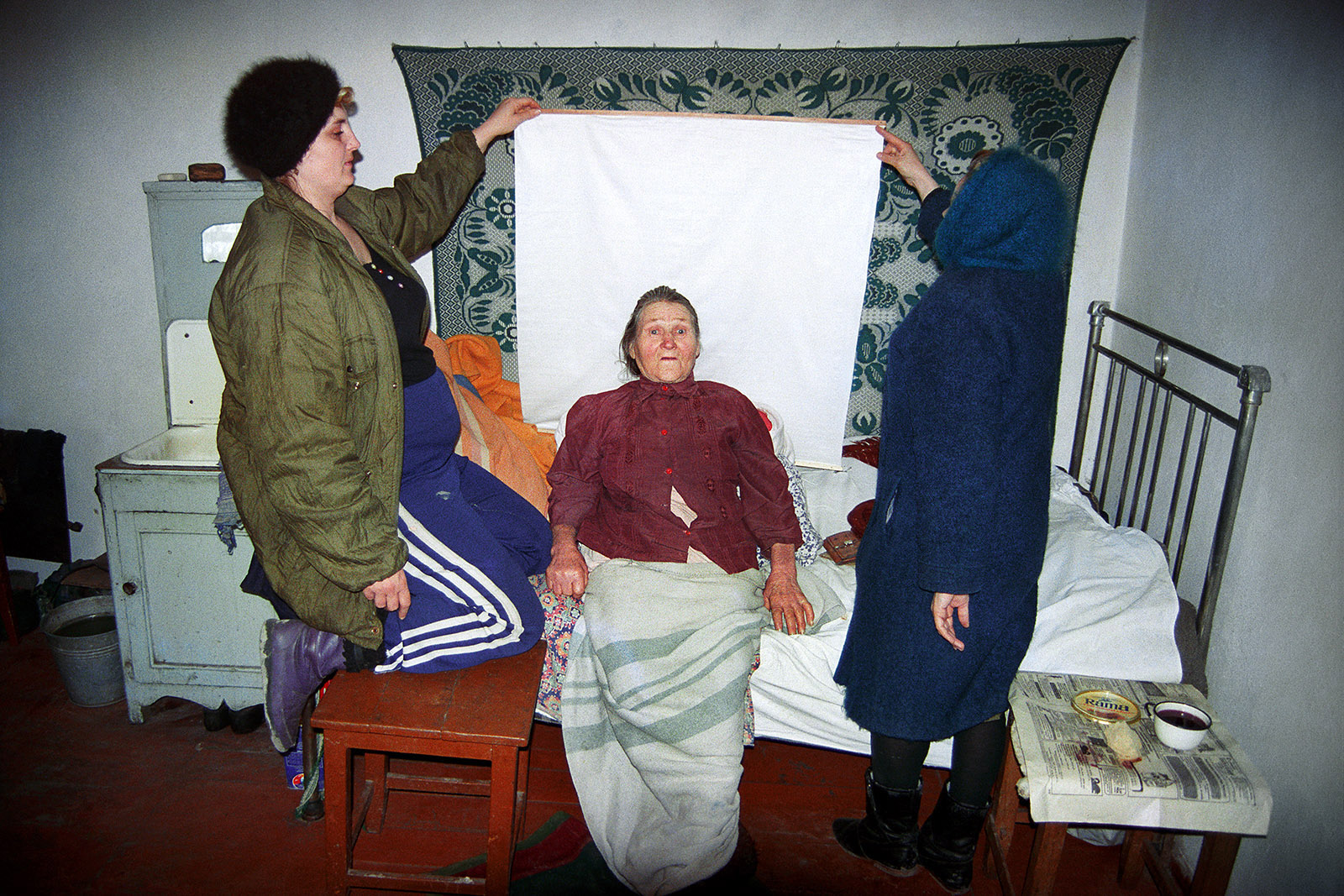
Why Every Ukrainian Should Keep Alexander Chekmenev’s New Book By Their Bedside
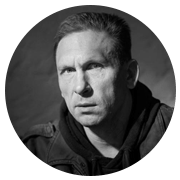
Alexander Chekmenev
Was born in Luhansk. Started his career as a photographer at a local photo studio. In his free time, he captured the life around him — people in the street, the working days of paramedics, the everyday life of Donbass miners, and other series, that eventually became a unique document of the fading epoch. Winner of numerous awards, including the main prize at the Photographer of the Year 2013 in Ukraine. His work was exhibited during solo and group exhibitions in Ukraine, USA, Lithuania, Poland, Slovakia, and Germany; and published in New York Times, Lens Blog, TIME Lightbox, The New Yorker Photo Booth, and MSNBC.
Alexander Chekmenev started taking photographs for Passport in 1994, a series where he captured the elderly who were living out their final days in inhumane conditions. He captured extreme poverty and despair, the state in which Ukraine found itself after the collapse of the Soviet Union and from which it has not quite yet recovered yet. Twenty years after the series was created, it was published as a book by the British publishing house Dewi Lewis Publishing. Bird in Flight talked to Alexander about his most important series to date, and asked photographers Donald Weber and Alexander Lyapin about their view on Passport.
In 1994, Ukrainians started exchanging old Soviet passports for the new Ukrainian ones on a mass scale — this process was intended to be completed as soon as possible. That same year, photographer Alexander Chekmenev was employed in one of the Luhansk social centers. He was given the task to take portrait photographs of people who for various reasons could not come to the photo studio. They were mostly infirmed elderly people, the disabled, people who were left behind by the new country.
“When I came into the first home, I was shocked. By how these people are dying. How they are existing, and not living fully. I didn’t think things like this were possible. Nobody should be dying like this. These people have gone through war and hunger, they survived, they built us a country, and is this how we are treating them? I am sure that many still live like this to today, we are just not looking in their windows,” Alexander says.
Chekmenev was asked to take portraits, but he simultaneously captured the ruin which Ukraine was left in after the USSR collapsed. “After I took the first shot, I realized I would be shooting this for myself. And I was shooting it for myself, but it turned out that I shot it for the descendants. I believed that this series was important, not least because it was a new country. In the 1990s, photographers got the chance to do something for history. I captured everything around: the interiors, the social workers. This is a real passport, this is the only way to understand how the entire country lives,” he remembers. “There were many duplicates that I destroyed. I didn’t imagine that I’d become a photographer. I thought that I would not break out of the province, I didn’t believe that anyone would notice me. Of course, I wanted to be noticed. But at the time… who would I show my work to? At the time, it seemed to me that moving to Kyiv was already an achievement.”
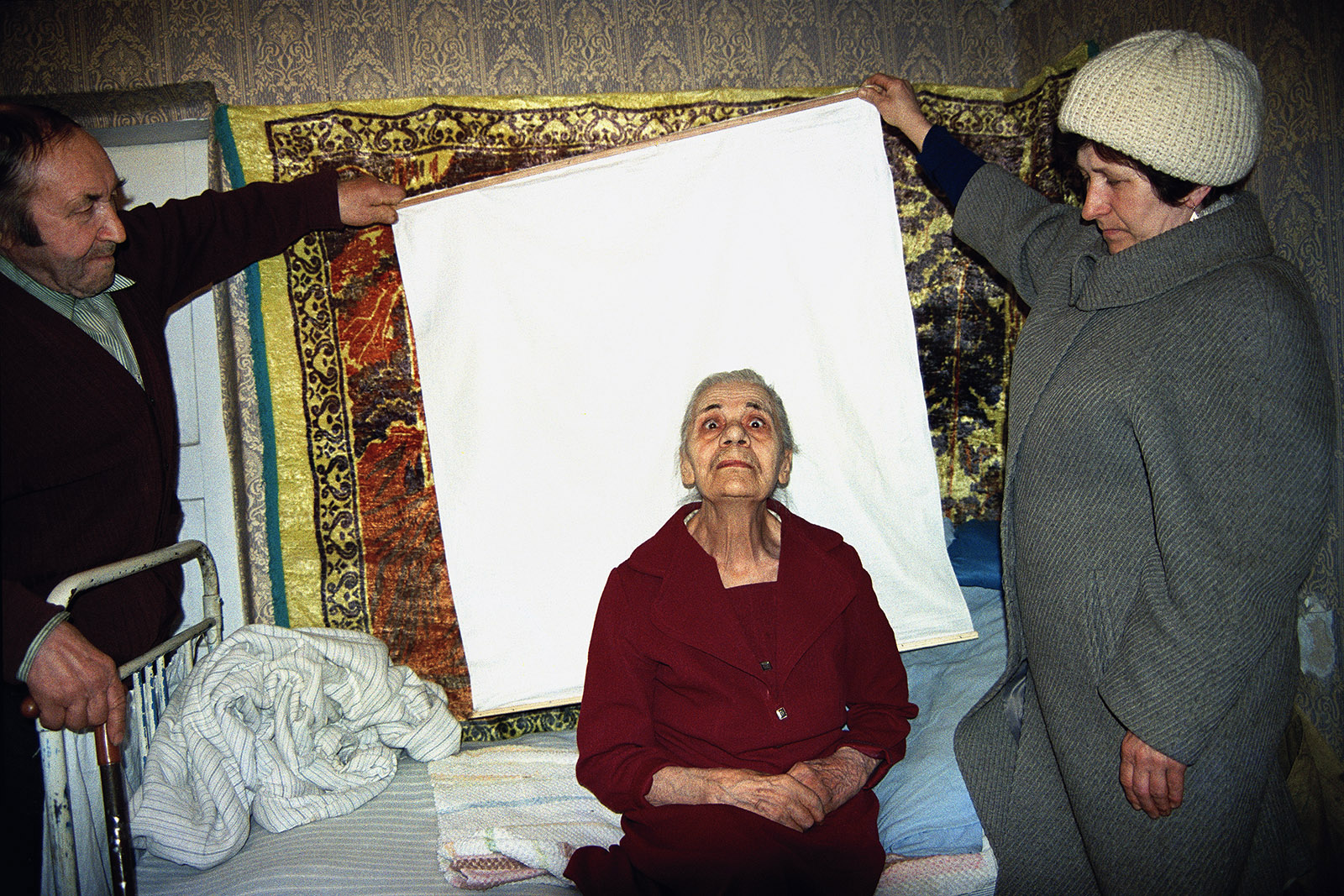
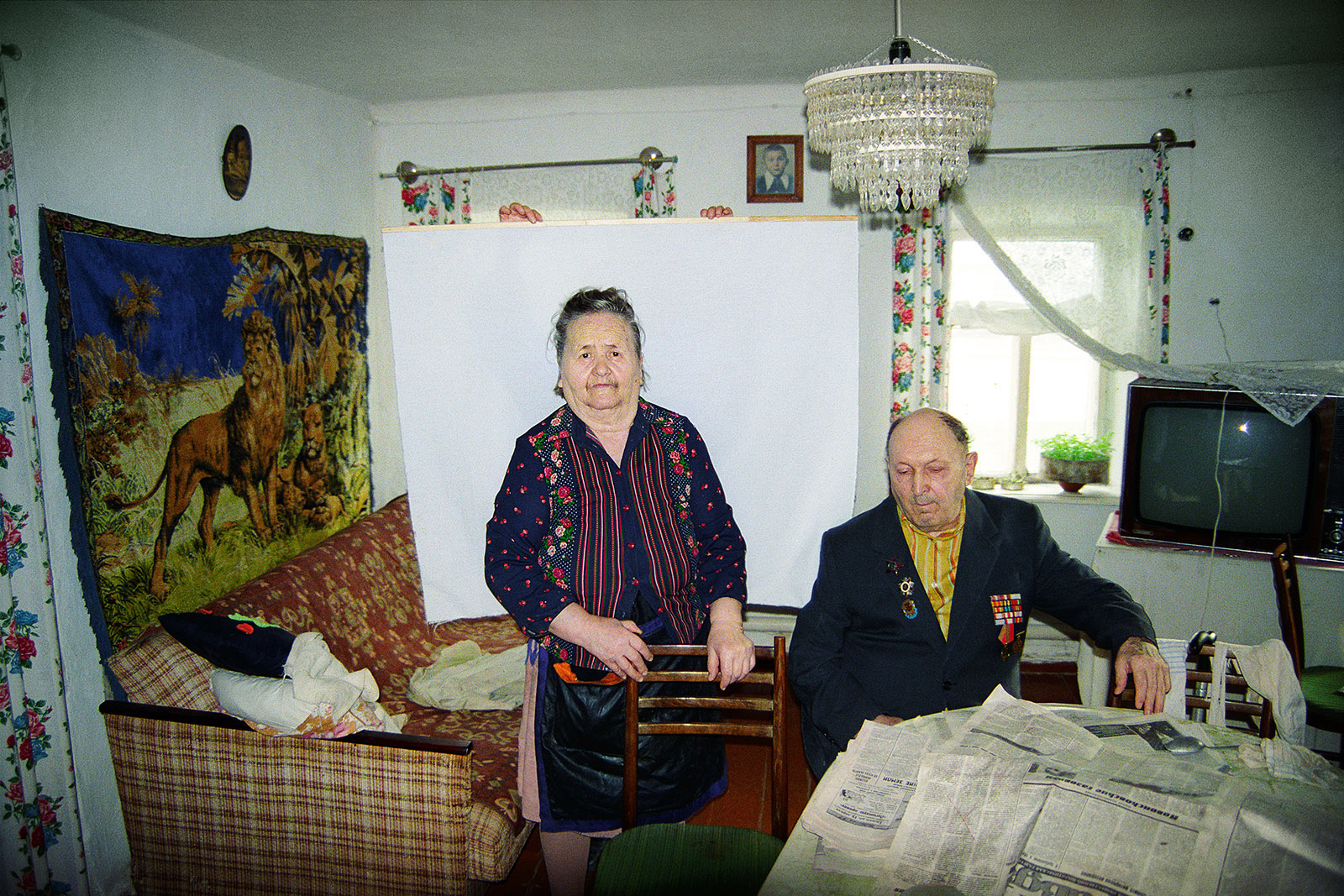
Chekmenev took a total of several hundred portraits in 1994–1995; only 36 of them are included in the book. Alexander says that photographers in the 1990s’ Ukraine did not think in terms of large-scale series: “I didn’t press a button in every house, I just didn’t realize that I could take more photographs. Nobody was thinking in terms of books. For a series, we were taking 10–15 photographs, 25 at the most. And then that’s it, there was this feeling of going in circles. Now, I would have taken pictures in every home without exception.”
After photographer Alexander Lyapin showed the photographs from Chekmenev’s Passport to the editors of the Vseukrainskiye Vedomosti, Chekmenev was offerd a job in Kyiv. Then, there were exhibitions — in Switzerland, Poland, and Slovakia. After that, there was a lull. The series caught attention again only during the Maidan revolution of 2013–2014. “Larry Towell, a Magnum Photos photographer, saw Passport. He started asking immediately if I came up with the theme myself or if someone led me to it. He finally said that this was my strongest body of work and that I needed to publish it as the next book,” Chekmenev recalls.
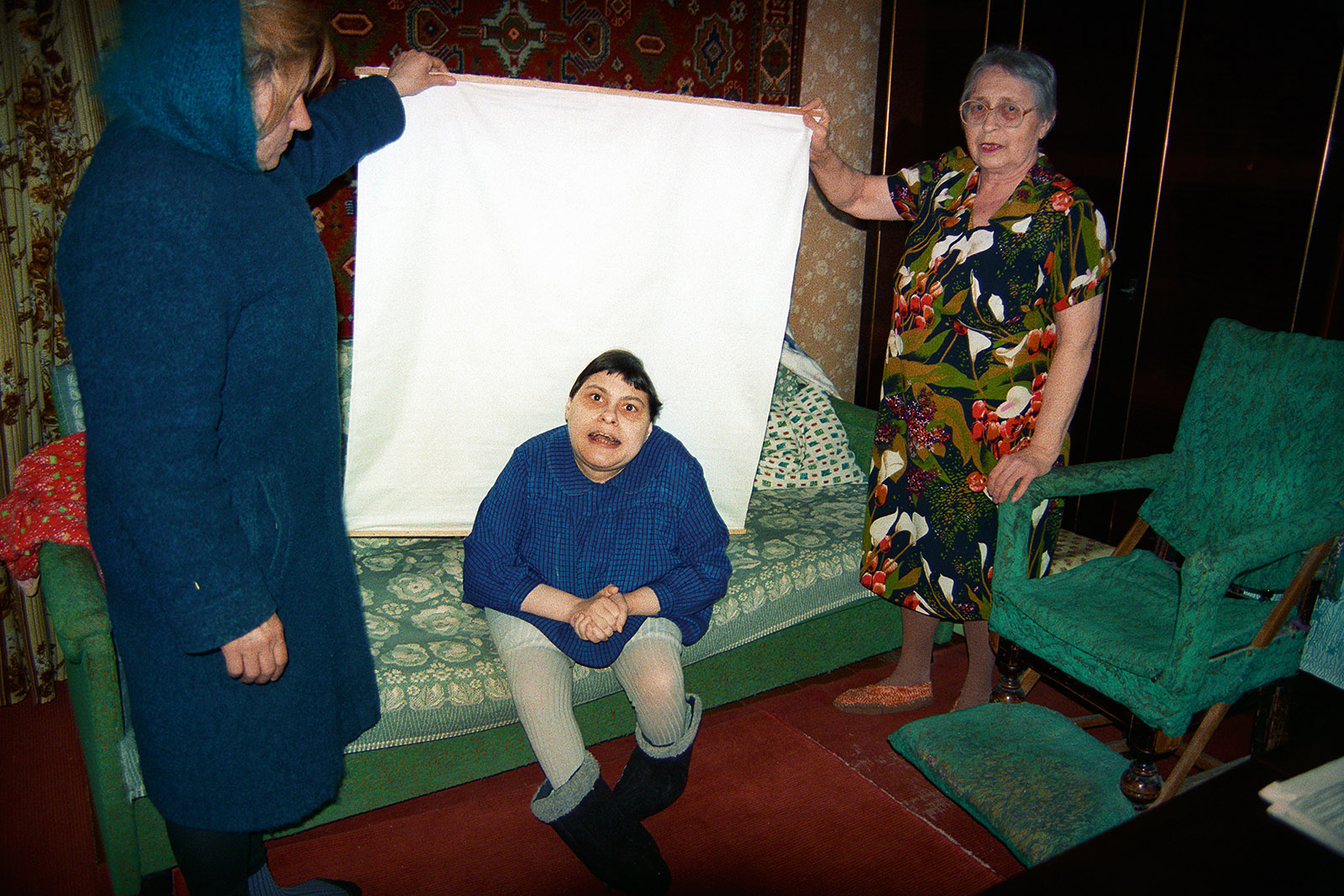
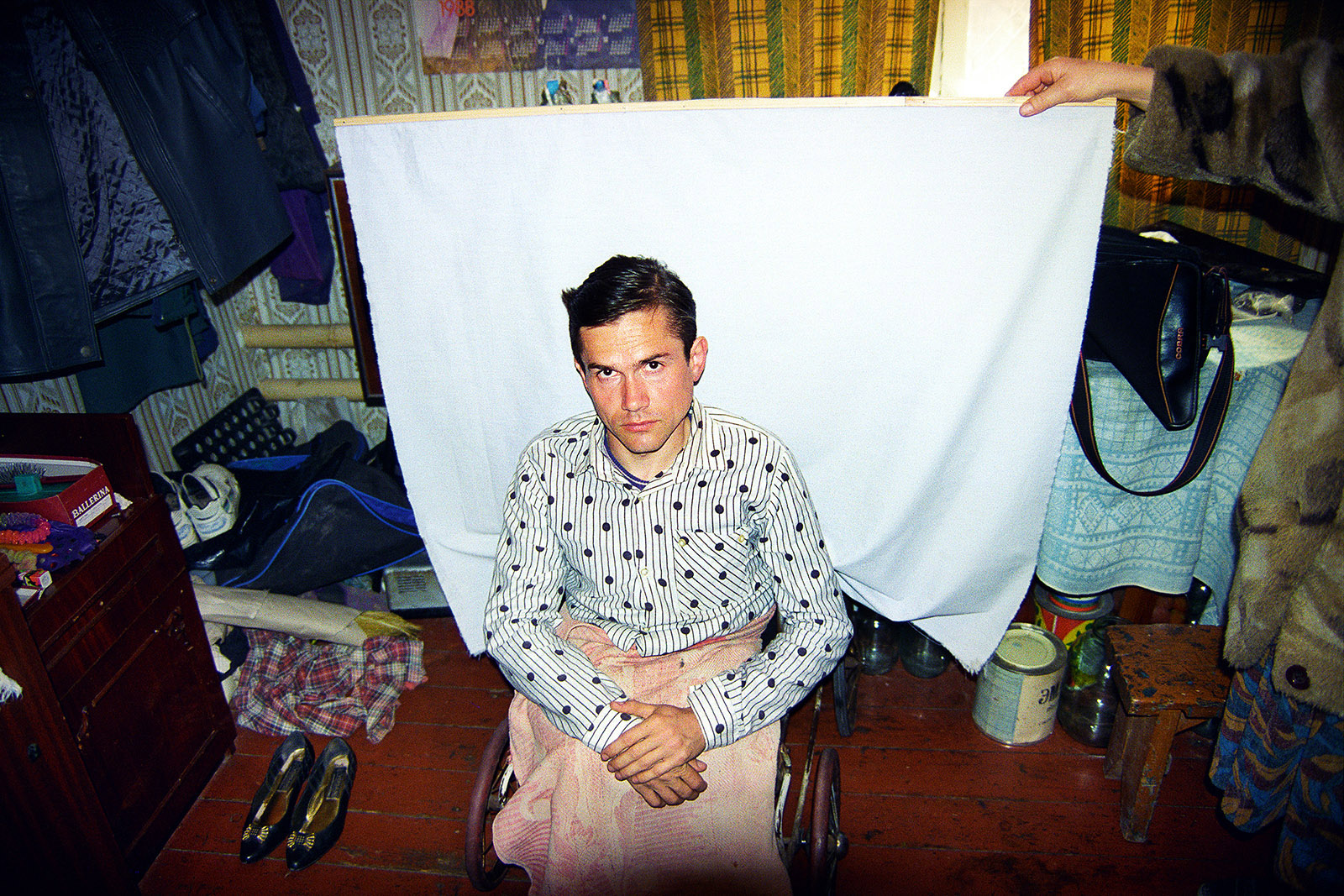
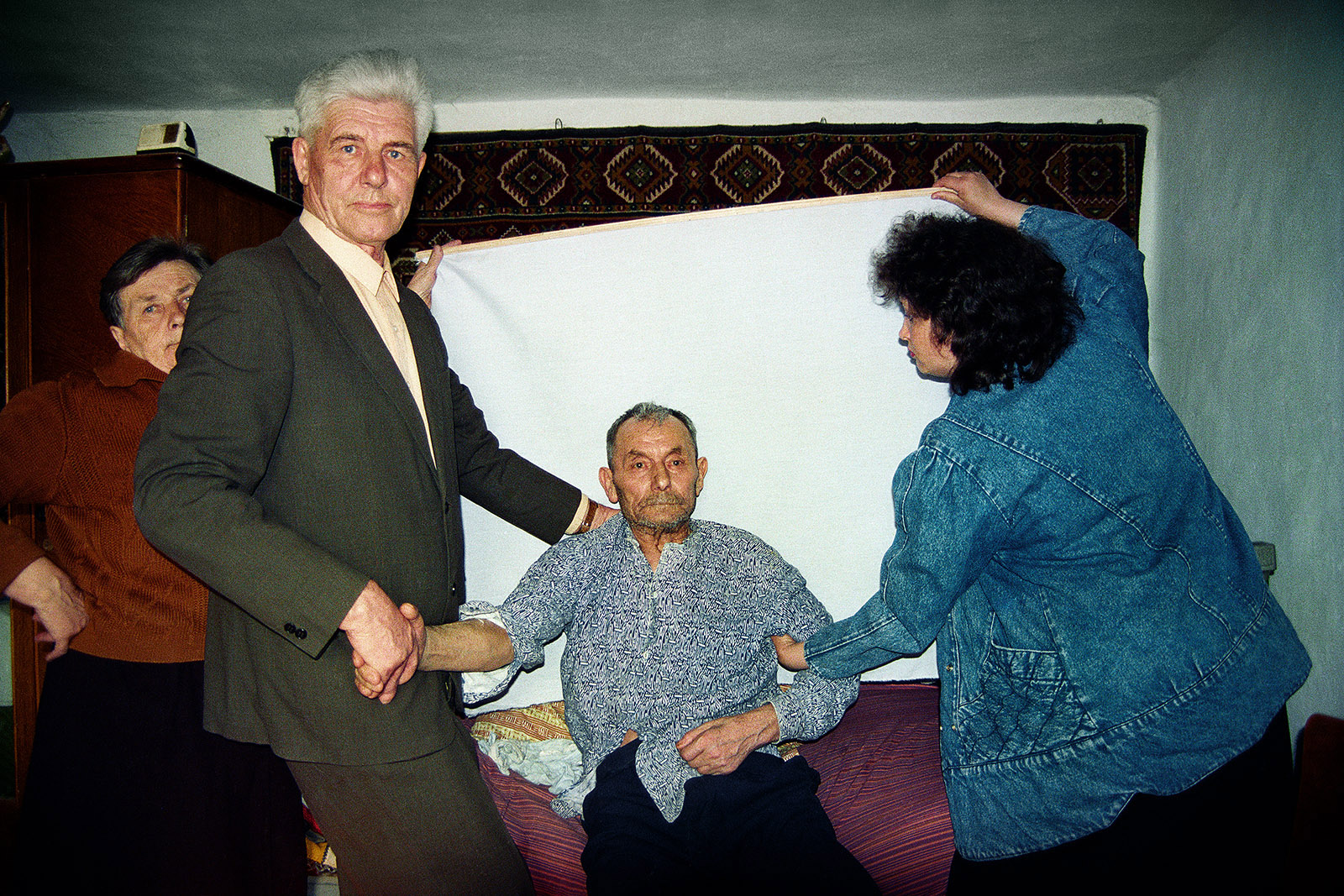
From then on, Passport had luck: the series was noticed by photographer Donald Weber who advised Chekmenev to commission Dutch photobook designer Teun van der Heijden. At the same time, Alexander participated in a portfolio review at The New York Times, and the photographs were published in Time. Simultaneously, the work on the dummy book was on in Amsterdam. “I was told that the book could be published as soon as this year — with the help of Dewi Lewis Publishing. I was not financially ready for this. I could refuse this offer — and furthermore, the editor has offered small financial help. But I still had to find some of the amount — I was selling my photographs on Facebook, borrowing money from friends. It was a miracle that I managed to raise the necessary amount. It all came down to me publishing the book this year [2016] at any cost,” Chekmenev says.
The first presentation of the book was already held at the National Art Museum of Ukraine. It will be shown during several exhibitions in 2017, and it can already be ordered from the website of the publishing house. When asked if he is satisfied with the result, Alexander says: “It could have been better, but then it would have cost more. Besides, the book is already printed. I think you need to always remain a little unsatisfied with your work, to have room to improve.”
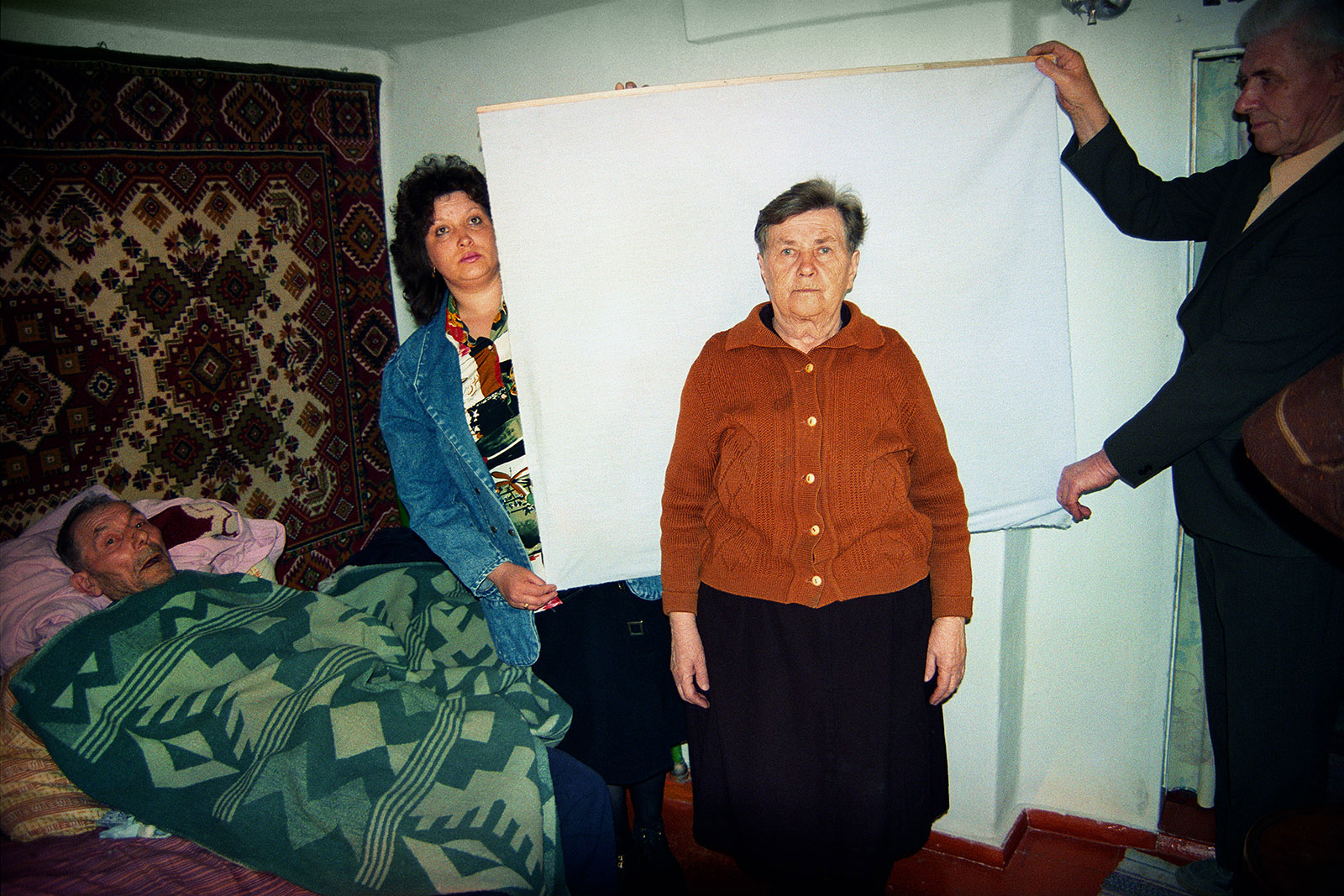
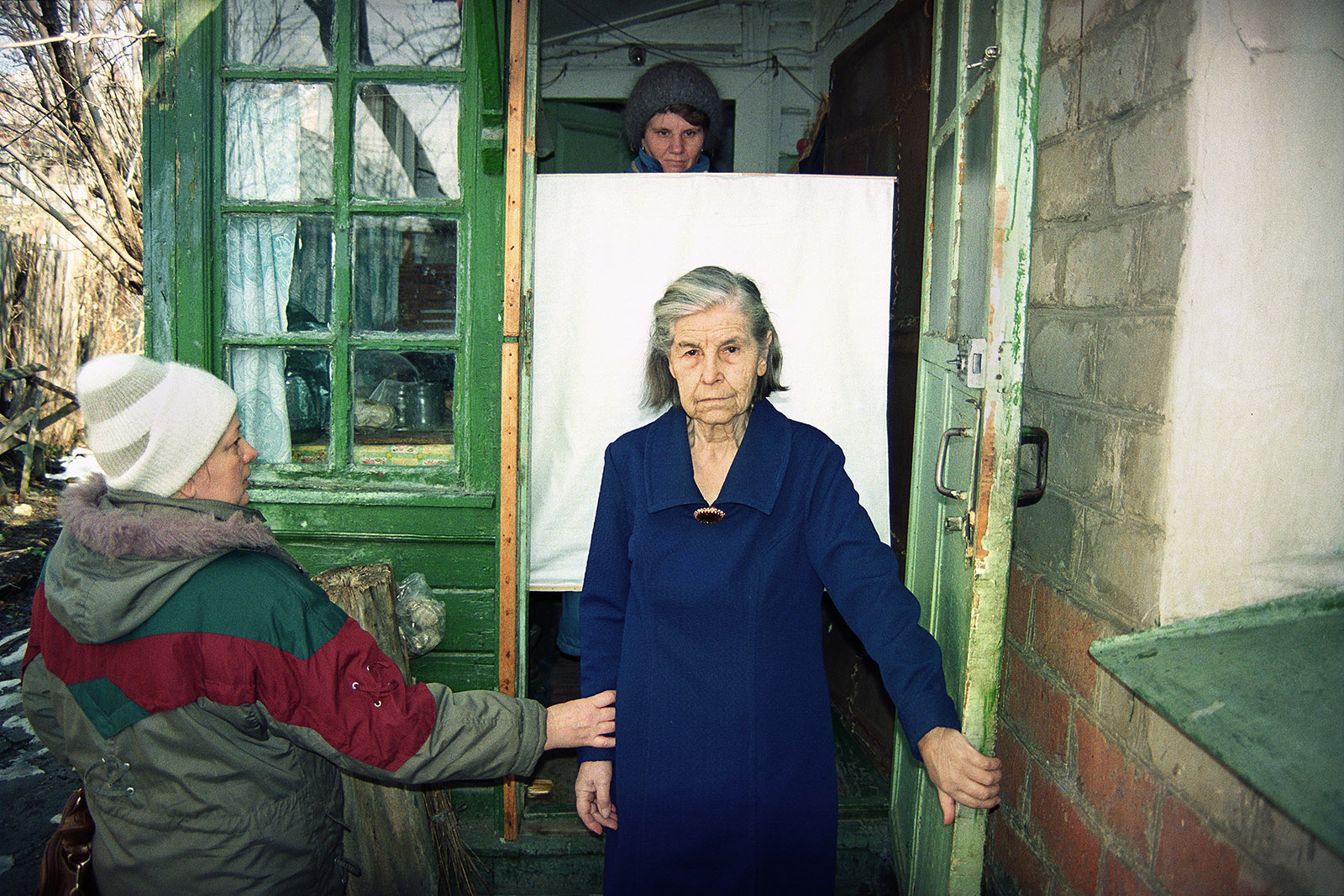
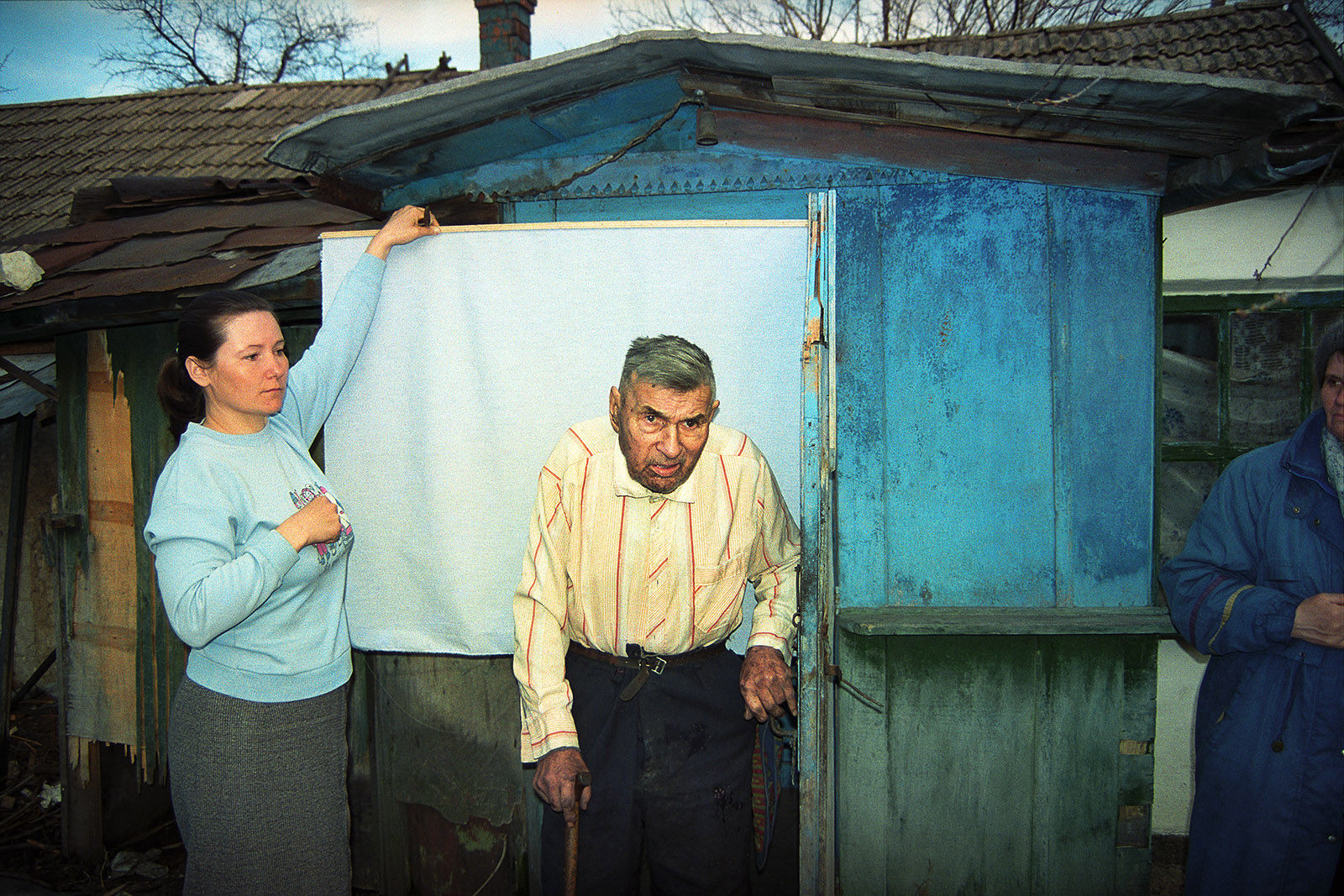
Donald Weber, Canadian documentary photographer
— If documentary photography is the rendering of “human,” than Alexander Chekmenev’s Passport is the manifestation of humanity. It’s a simple book, yet it hints at the multitudes of emotion that thrives inside us, that drives the very core of what makes us human: contradiction, estrangement, fantasy, rage, joy, and every other empathic emotion is expressed in a sober way through Chekmenev’s photographs. Well, perhaps ‘sober’ is an inappropriate word, as the set of pictures made by Sasha in Passport revel in his quest to become one with his subjects, they’re hardly sobering; communal, as in community, is more adequate. Chekmenev understands community and the relationship of a photographer and subject within a community.
In fact, perhaps we need to stop using the word ‘subject’ in relation to documentary photography and the people we photograph, and begin to use the word ‘participant.’ Using the term ‘subject’ has always implied an imbalance of power relations between the photographer and the people in the photographs. In Chekmenev’s photographs there is no power present, but there is participation; the old, infirm, disabled and other unfortunates of bureaucratic vapor in Passport are alive, present. A community has been formed. Chekmenev is no different, just on the other side of the camera. Sasha has stated that people want to leave some kind of mark in history, no matter their circumstances. And for him, it is important to accumulate these marks. For a fleeting moment, a photograph for many is an expression of a willingness to listen, to learn, and to participate and share in the stories of others. It’s a fortunate gift we are given as photographers.
As a viewer and reader of photography books, and a photographer myself, I realize I am also interested in the history of someone else. Who are you? What do you have to say? Where do you come from, and what do you have to share? What can I learn from you? I just ask from photographs for a simple, fleeting glance from the spark of someone else’s eye, a tiny glimpse that says “Hello, my name is…”
And Alexander Chekmenev’s Passport has pages and pages of people, who are all ready to tell you a story and say “Hello, my name is…” What more do you want? I am ready to listen.
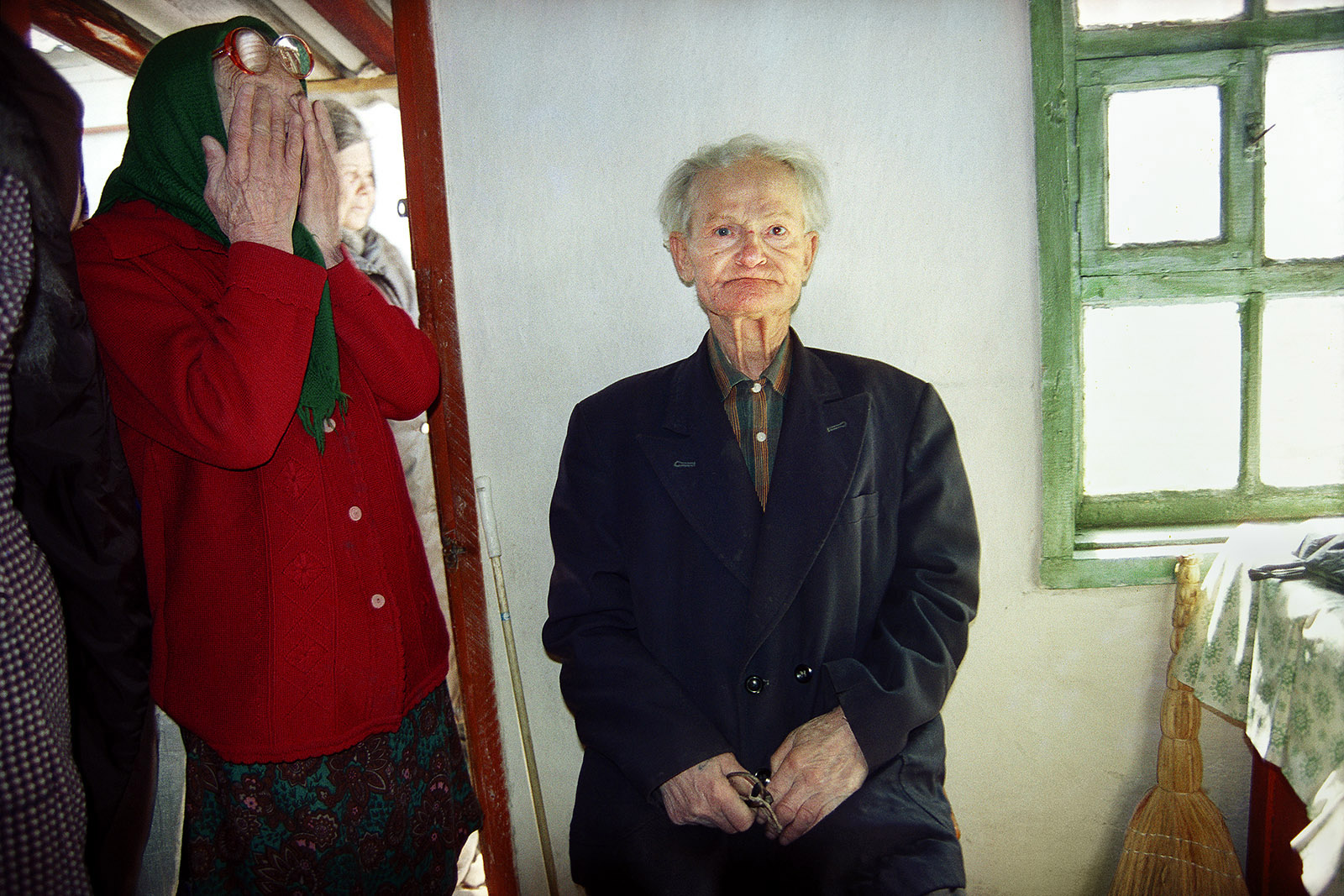
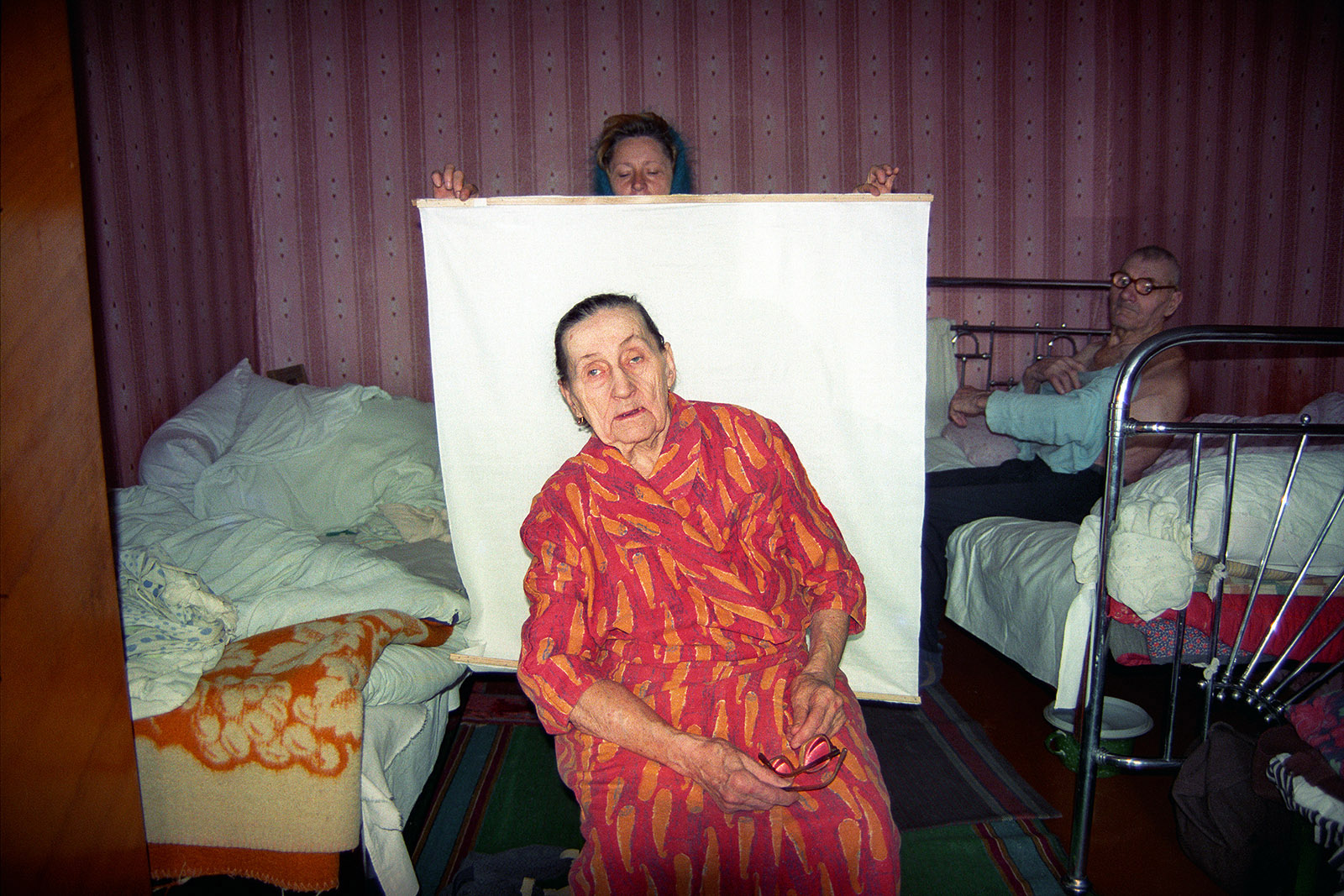
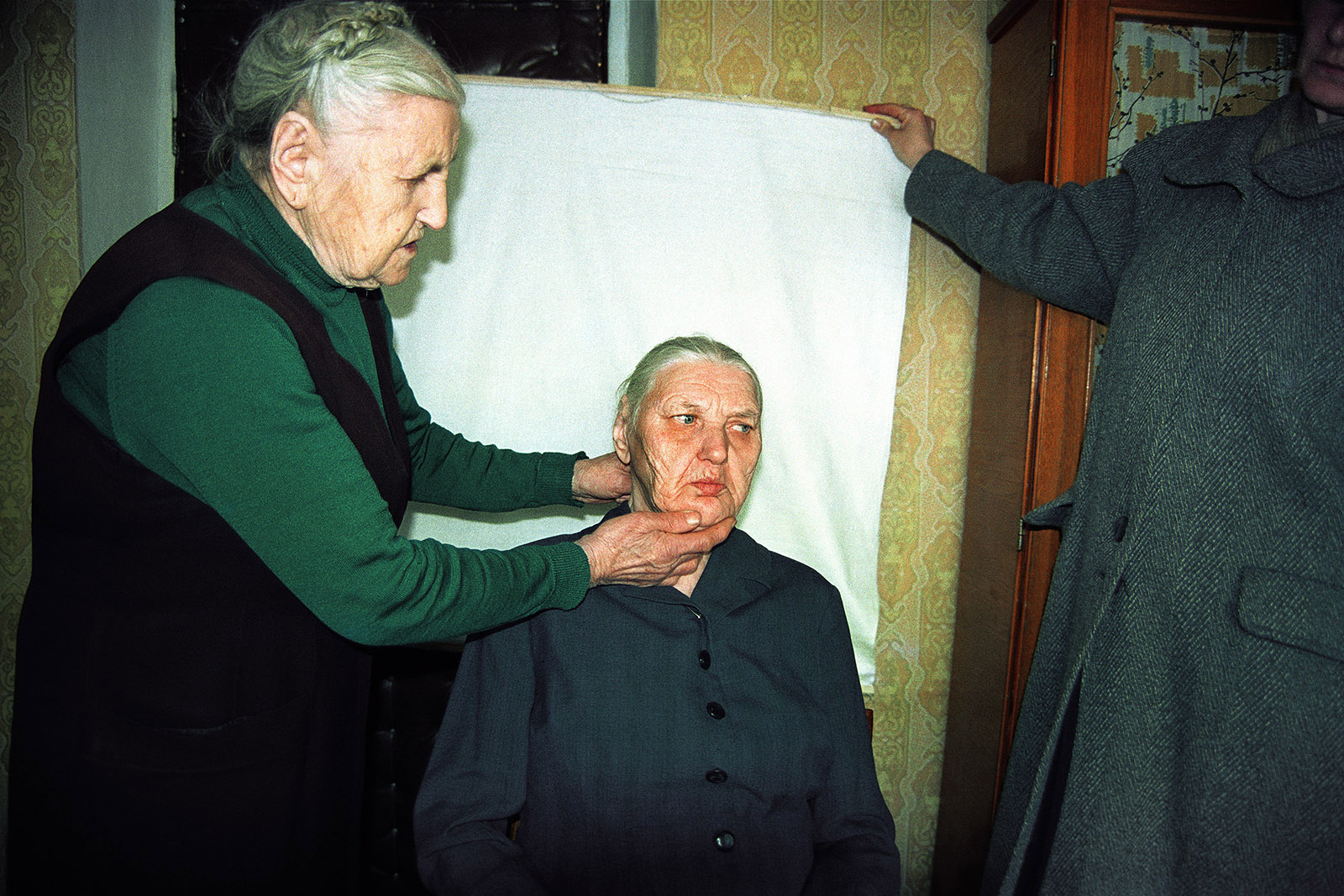
Alexander Lyapin, photographer, journalist
— Alexander Chekmenev created Passport in the 1990s. He came up with the ingenious technique of using two lenses: a portrait lens for the passport, a national document that confirm the identity of the elderly and the disabled, and a wide-angle lens that shows the social status of these poor people.
It is as if the photographer was capturing war. He took photographs of ruined personalities, unfulfilled destinies, a caveman existence, poverty, and squalor. We could say these were the ruins of the Soviet Union. Chekmenev took the photographs to remember the country that disappeared, took them for the tombstone of the epoch that aged and died. Sharp journalism combines with an acidic artistic image. Chekmenev has uncovered the laws of time in Ukraine — it stopped. Passport was published as a book only now, 20 years after the photographs were taken. And if the photographer set out to take the pictures of grandfathers and grandmothers now, he would have captures some even more impressive ruin, as well as fear, misfortune, and despair.
This book is like a sentence to the incompetent presidents of this country, deputies, and officials, who followed the best practices of plunderers and conquerors, and cleansed and destroyed the people who were used to submission. The cover symbolically speaks of the content of this edition. We have a flag of Ukraine and we have a black abyss, a grave pit. I was scared when I saw this series then, in the 1990s, and I am even more scared now. Too bad there is a limited number of copies. This book should be handed to every person who was or currently is in power, signed with: “The photographer has captured your performance, and you are going to burn in hell!”
